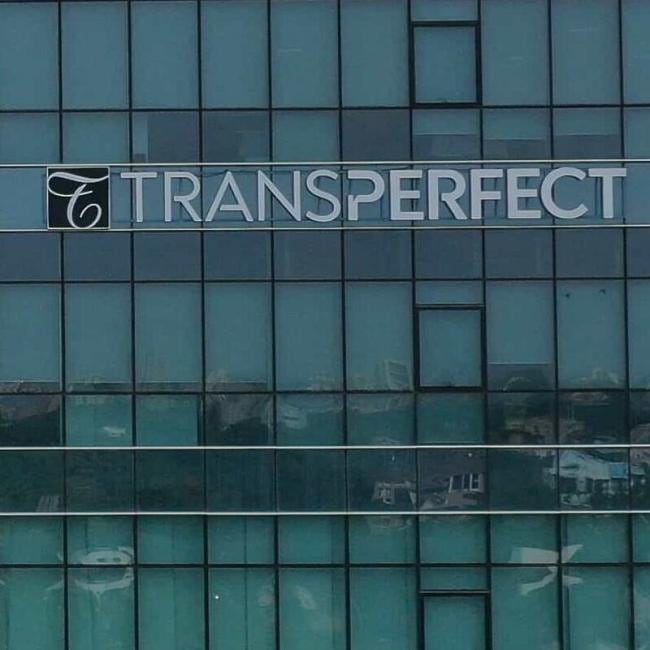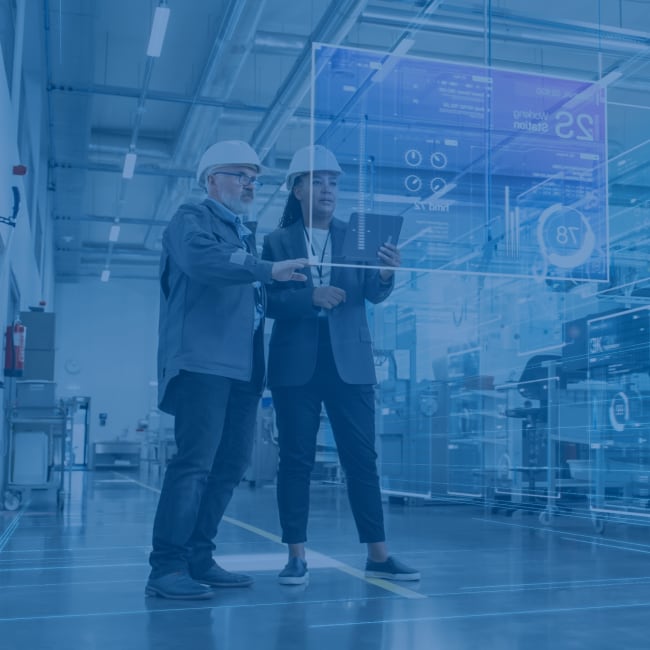5 Lessons Learned at TAUS, LocWorld, and the Silicon Valley


Last month, I traveled to California to attend several events in the translation industry and visit TransPerfect's offices in Cupertino and San Francisco. Here are five lessons I learned after one insightful week and countless, unforgettable exchanges with the brightest minds in the industry:
1. Machine learning is everywhere
Machine learning has a deep impact on the industry and our individual performances. One of the main benefits of machine learning is resource allocation, as we no longer need to rely on humans to choose vendors. Machines now use data on quality, delivery time, cost, and other metrics from previous jobs to select the best translator for a task, all while considering translators’ availability based on real-time information.
2. Translation is dynamic
Translators have the ability to focus on the types of projects they enjoy. One translator might prefer a combination of creative translation and light post-editing, and another translator might prefer strictly post-editing. Since the variety of services that translators offer is continuously increasing, it’s possible for translators to tailor their workflows in ways that maximize revenue and career satisfaction. Translators can mix-and-match creating data for MT training, post-editing, creative translating, and proofreading, among others. At TransPerfect, we’re continuously innovating new translation solutions that augment our clients’ ROI while making the best use of our translators’ skills.
3. Translation is an industry
The industry is mature as we see with recent mergers and acquisitions. Consumers are influencing translation companies to maximize their product offerings while minimizing price and emphasizing quality.
When I taught operations at a university in Spain many years ago, I wondered why translation companies did not treat words in translation jobs the way manufacturers treat the individual parts of a final product: by optimizing the supply chain according to real-time goals. With the recent growth of the industry, now is the time to optimize our production processes to deliver just-in-time translation and localization.
4. Translation is an art
The industrialization of translation leaves room for artisans of the industry to focus on delivering exceptional, highly differentiated products to niche markets. We often think of translation as an art with literature translation or the transcreation of marketing materials, but there are many other “arts” in our world that are challenging to master, like light post-editing at competitive prices or linguistic improvement of machine translation engines. The demand for these intricate lines of work will continue to grow, especially at TransPerfect.
5. The future of translation is…
Robots + Humans =
Some people are afraid that advances in machine translation—including neural MT—will cause translators and translation companies to disappear. In my opinion, the value of human translation will continue to grow alongside technology advancements. Content may be generated or translated by machines, changing human tasks from serving in a production chain to designing, developing, and managing the “robots” throughout the process. Clearly, this increases the human value in the process.
It’s definitely an exciting time in the translation industry, and we can’t wait to see what 2018 will bring!


